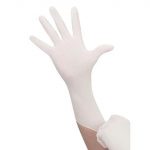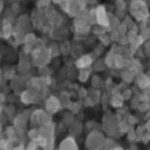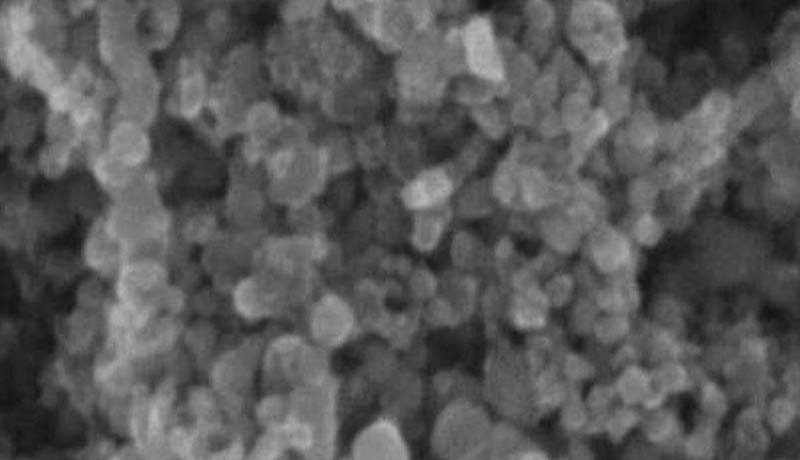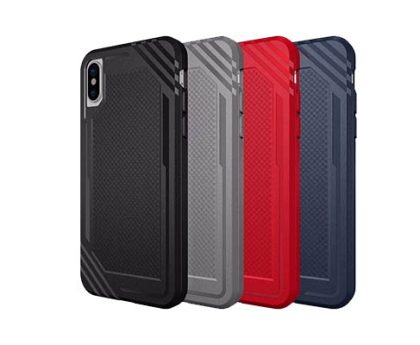When it comes to choosing the right fabric for a particular application, it is important to consider the specific properties and characteristics of the fabric. Two popular fabrics that are often compared are rayon and polyester. In this post, we will compare these two fabrics and highlight their key differences.
What is rayon?
Rayon is a synthetic fiber that is made from plant materials, such as wood pulp or bamboo. It is produced through a chemical process that involves breaking down the plant materials into a cellulose solution, which is then spun into fibers.
One of the key advantages of rayon is its natural feel. It is soft and absorbent, making it a popular choice for clothing and home textiles. Rayon is also known for its drape, which means it has a tendency to hang in a soft, flowing manner.
Some other advantages of rayon include:
- Absorbent: Rayon is highly absorbent and can hold up to 20% of its weight in moisture. This makes it a good choice for clothing in hot or humid climates, as it can help to keep the skin dry and comfortable.
- Natural feel: As mentioned earlier, rayon has a natural feel that is soft and smooth to the touch. This makes it a popular choice for clothing and home textiles.
What is polyester?
Polyester is a synthetic fiber that is made from petroleum-based materials. It is produced through a chemical process that involves reacting chemicals together to create long chains of polymer, which are then spun into fibers.
Polyester is known for its wrinkle-resistant and durable properties. It is also quick-drying, making it a popular choice for athletic wear and other garments that may get wet.
Some other advantages of polyester include:
- Wrinkle-resistant: Polyester has a high resistance to wrinkles, making it a good choice for clothing that needs to maintain its shape.
- Durable: Polyester is a strong and durable fabric that is resistant to wear and tear. It is also resistant to fading and shrinking, making it a good choice for items that will be washed frequently.
- Quick-drying: Polyester is quick-drying and can be worn immediately after washing without the need for ironing. This makes it a popular choice for athletic wear and other garments that may get wet.
Comparison of rayon and polyester
While both rayon and polyester have their own unique advantages, there are some key differences to consider when deciding which type of fabric is best for a particular application.
Comfort
One key difference between rayon and polyester is their comfort. Rayon is a soft and absorbent fabric that has a natural feel, making it a good choice for clothing and home textiles. It is also breathable, which means it allows air to circulate and can help to keep the skin dry and comfortable.
Polyester, on the other hand, is not as absorbent as rayon and may not feel as soft to the touch. It is also not as breathable as rayon, which can make it less comfortable to wear in hot or humid conditions.
Durability
Another important difference between rayon and polyester is their durability. Polyester is a strong and durable fabric that is resistant to wear and tear, fading, and shrinking. It is a good choice for items that will be worn frequently or washed frequently.
Rayon, on the other hand, is not as durable as polyester and may not withstand the same level of wear and tear. It is also more prone to shrinking and fading, which can affect its appearance over time.
Care and maintenance
When it comes to care and maintenance, both rayon and polyester have their own unique requirements. Rayon is a delicate fabric that needs to be treated with care to prevent shrinkage and fading. It is best to hand wash or dry clean rayon to preserve its appearance and quality.
Polyester, on the other hand, is a low-maintenance fabric that is easy to care for. It can be machine washed and dried without the need for special care. It is also stain-resistant, which can make it a good choice for items that may get dirty or spill-prone.
Environmental impact
Another consideration when choosing between rayon and polyester is their environmental impact. Both rayon and polyester are synthetic fibers that are derived from non-renewable resources, such as petroleum or wood pulp. The production of these fibers has an environmental impact, including the release of greenhouse gases and the use of water and other natural resources.
When considering the environmental impact of rayon and polyester, it is important to consider the entire lifecycle of the fabrics, from production to disposal. While both types of fabrics have some environmental impacts, there are ways to minimize their impact, such as choosing fabrics that are produced using sustainable practices or recycling the fabrics when they are no longer in use.
More
Rayon vs. Cotton: Comprehensive Comparison
Conclusion
In summary, rayon and polyester are both popular fabrics that have their own unique advantages and can be suitable for different applications depending on the specific needs and preferences of the user. Rayon is a soft and absorbent fabric with a natural feel, making it a good choice for clothing and home textiles. It is also breathable, which can make it more comfortable to wear in hot or humid conditions.
On the other hand, polyester is a wrinkle-resistant and durable fabric that is quick-drying, making it a good choice for athletic wear and other garments that may get wet. It is also resistant to fading and shrinking, making it a good choice for items that will be worn frequently or washed frequently.
When deciding which type of fabric to use, it is important to consider the specific needs of the application, as well as any comfort or durability concerns. Both rayon and polyester can be suitable options depending on the situation, and it is ultimately up to the user to decide which type of fabric is best for their needs.
We hope this post has provided a helpful overview of rayon and polyester and their key differences. If you have any personal experiences with these types of fabrics, we encourage you to share your thoughts in the comments below.




